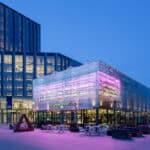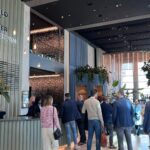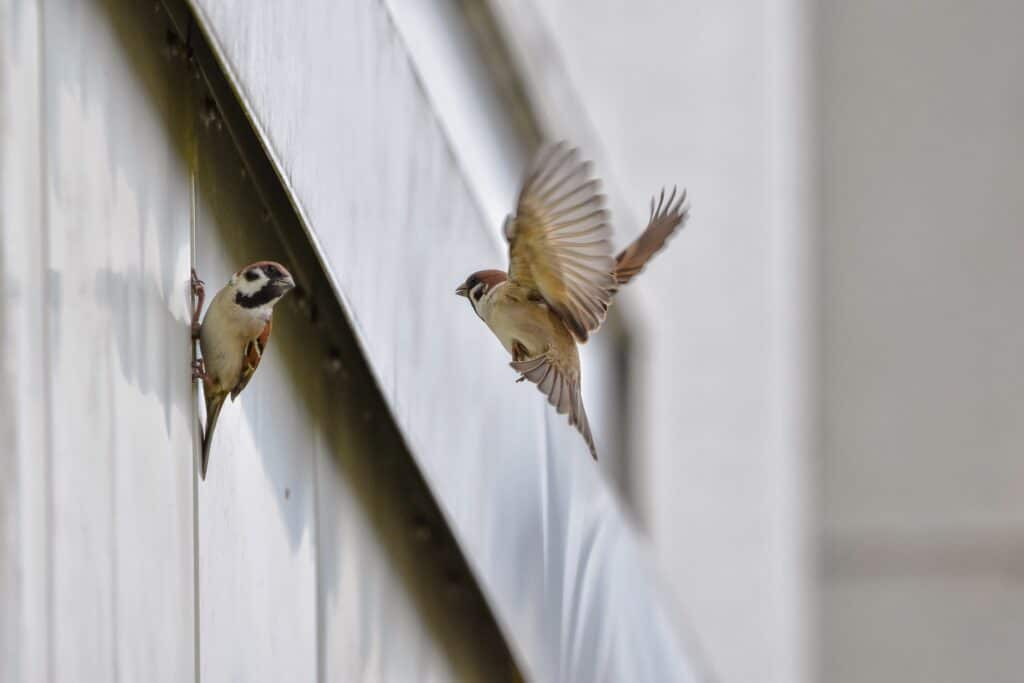
A bird’s-eye view of biodiversity through green buildings – 3 examples
In times of lockdown, people tend to seek solace outdoors when they can: in forests, moors, parks and dune areas. And that’s not just because all the bars, gyms and shops are closed. In times when spontaneity is restricted, unpredictable nature offers diversion and adventure.
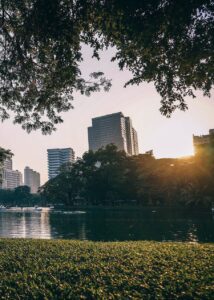
Despite this, we spend most of our time in the built environment. More than half of the world’s population now lives in cities, and this urbanisation is accelerating. But the space for this has to come from somewhere, and nature pays the price as we humans surround ourselves increasingly with more grey than green – despite the fact that research continues to show that greenery is good for human happiness and health.
What can we do to promote biodiversity in our environment? Real estate preservationist and enthusiastic nature lover Olivier Noorduyn went on an adventure to find out. In this article, he gives three examples of how to give birds a place in our built environment.
1. A lesson in roofing for the Oystercatcher
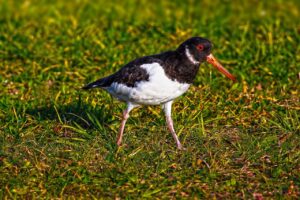
Flat roofs are ideal for solar panels. And if you want to generate green energy and do oystercatchers a favour at the same time, install your solar panels on a green or gravel roof. In addition to their insulating and water-regulating effect, these types of roof make an ideal habitat for these birds. Green roofs often attract many insects, which are good food for the chicks. And they generally offer shelter and water. Gravel roofs work well, as the birds can use the gravel to create a nesting pit.
Do you have a flat roof? The oystercatcher can use all the help it can get, so if you have the chance, do this long-legged shorebird with its pronounced orange beak a big favour.
2. One stone does not make a summer
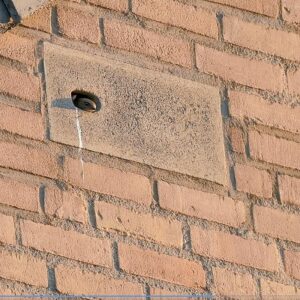
For many, consciously or unconsciously, this is a turning point in the year. The arrival of the swallow comes hand-in-hand with the arrival of the summer season. But right now the swallow could use a helping hand. Nesting sites for them have become scarce due to things like new buildings, filling of cavity walls and straightening of barns.
Do you have a construction or renovation project planned? With special nesting stones, we can help many types of these birds, so you can enjoy those balmy summer evenings with swallows swooping overhead. Our partner Vesteda is one big fan of these nesting stones.
3. Good for the Peregrine Falcon
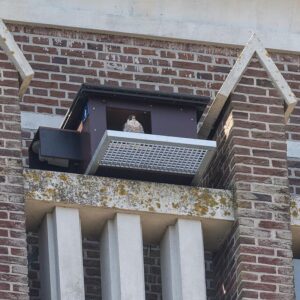
It’s the black sheep among birds: the city pigeon. Few like them, but there’s one species of bird that does: the peregrine falcon. Pigeons are among the falcon’s favorite prey, and this lightning-fast raptor is increasingly nesting on Dutch high-rises to be close to this food source. Buildings such as the Erasmus MC hospital in Rotterdam and the ABN Amro bank’s office at the Amsterdam Zuidas now have special nesting boxes for this increasingly urban bird of prey. From here, the peregrine falcon has a bird’s-eye view and can swoop down upon its next meal at will.
Do you also own or manage high-rise buildings? We can provide you with more information about these special nesting boxes for peregrine falcons.
Enough brooding – time for action!
By providing a habitat for birds and other animals, like butterflies and insects, we are injecting life into our entire system. These are just a few examples of the many and varied options. When we give attention to biodiversity, we directly improve our own living environment, make people healthier and happier, and make our society more resilient. With the promotion of ecology, WELL and BREEAM credits can also be earned as part of the sustainability of your building or portfolio.
Want to know more? Contact Olivier Noorduyn, and he will be happy to share some ideas. Or read more to future-proof your building.
About Olivier Noorduyn
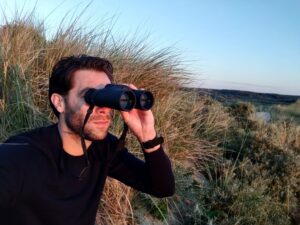
“I have been an avid birdwatcher for some years now. I have loved the outdoors since I was a child and when I started working in sustainability, my interest in nature only grew. Yet I still didn’t think much about birds, let alone recognised the different kinds or understood their importance for ecosystems and, in turn, for us as humans.
But that awareness is now steadily growing, and in my current role at CFP Green Buildings, I am involved in making real estate more sustainable. Through articles like this, I share my enthusiasm to inspire others and promote biodiversity.”
Pictures of nesting stone & nesting box: © Vivara Pro

